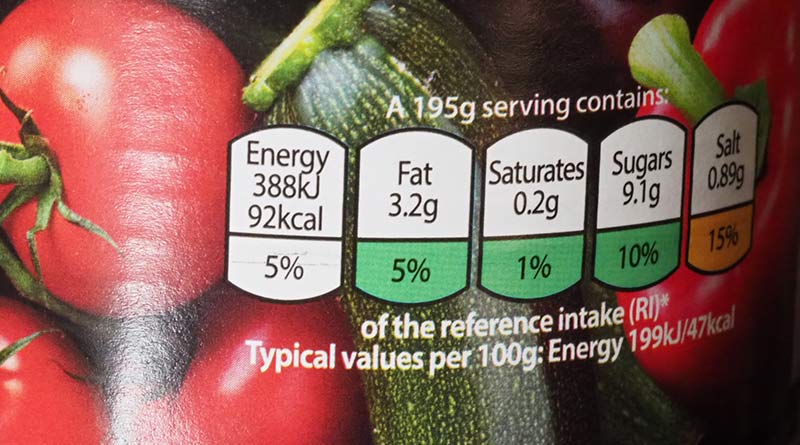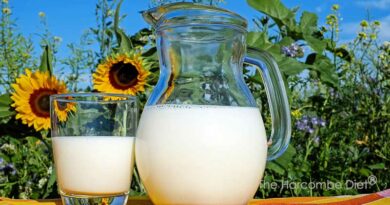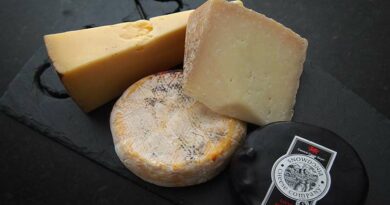Food Compass – Part 1
Summary
- This is the first of a two part examination of a new nutrient profiling system (NPS) – called Food Compass – developed by Professor Dariush Mozaffarian and colleagues.
- Nutrient profiling systems aim to differentiate between the healthiness of different foods and food groups. There are more than 100 such systems already. The team behind Food Compass argued that current NPSs suffer from deficiencies, which Food Compass aimed to overcome.
- Assumptions are everything when it comes to comparing the healthiness of different foods. An assumption that unsaturated fat is better than saturated fat (as Food Compass made) will lead to rapeseed oil scoring higher than olive oil and both scoring far higher than coconut oil.
- The methodology for the Food Compass involved four steps: 1) The assessment of existing NPSs, dietary guidelines, health claims and diet–health relationships; (2) The selection of attributes; (3) The development of the scoring system; and (4) Testing and validation.
- A number of assumptions were made during these four steps, which favoured plant foods and processed foods vs animal foods and real foods. For example, no recognition was given to nutrients from animal foods being superior to those in plant foods (where applicable) and nutrients added to foods through fortification were treated the same as those naturally occurring.
- The Food Compass Score ranged from 1 (least healthy) to 100 (most healthy). The supplementary file reported scores for 8,032 foods. These were categorised in 10 food groups. The healthiest food group was judged to be legumes/nuts/seeds with a group score of 78.6 (out of 100). In comparison, the meat/poultry/eggs group was scored as 32.7 out of 100. Beverages (juices and fizzy drinks etc.) and mixed dishes (takeaways, ready meals etc.) were deemed healthier than meat, poultry and eggs.
- The second part of this two-part note covers more individual foods. As a teaser, examples of foods scoring 100 (out of 100) were Uncle Sam cereal; soybeans, dry, cooked, fat not added in cooking; and raw halibut. Examples of foods scoring 1 (out of 100) were white rice; mixed pickles; canned ham/luncheon meat; and wonton soup. I’ll explain over the two notes how these scores came about.




